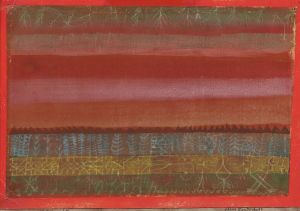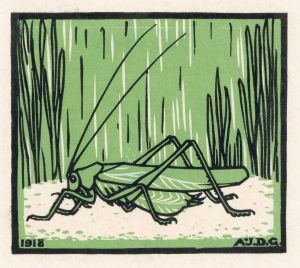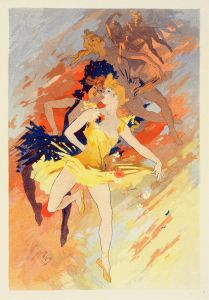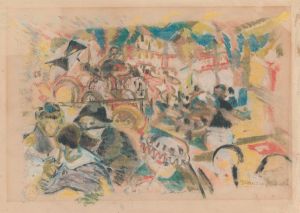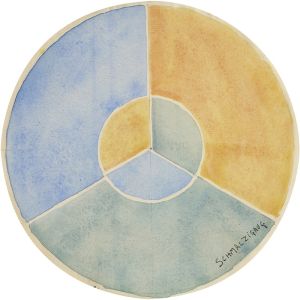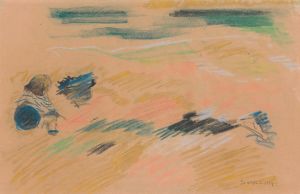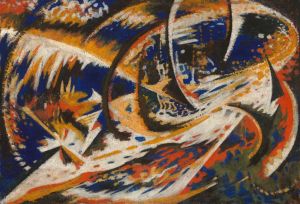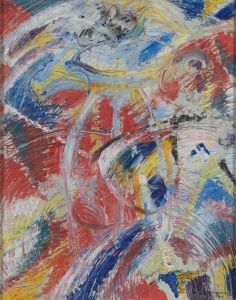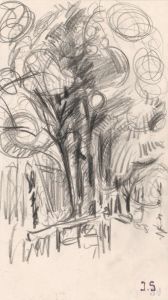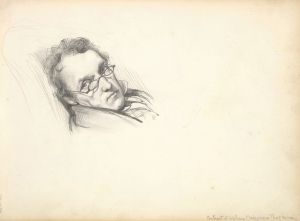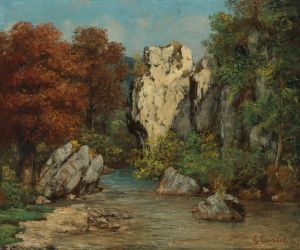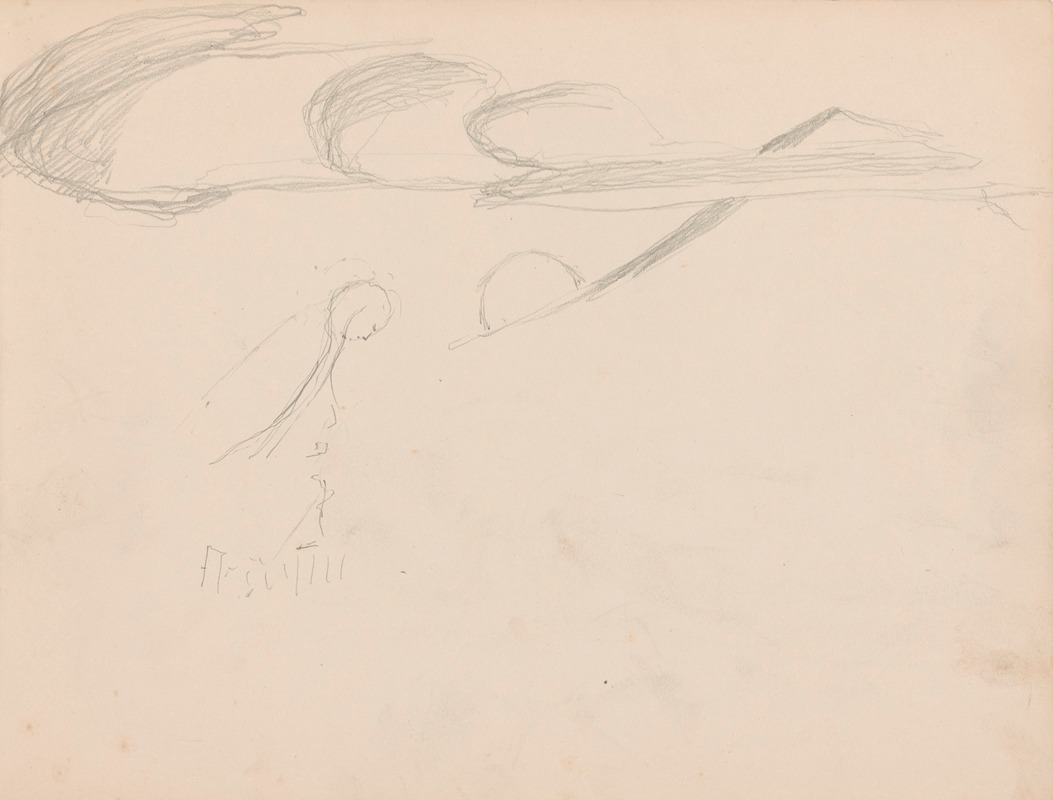
Landscape
A hand-painted replica of Jules Schmalzigaug’s masterpiece Landscape, meticulously crafted by professional artists to capture the true essence of the original. Each piece is created with museum-quality canvas and rare mineral pigments, carefully painted by experienced artists with delicate brushstrokes and rich, layered colors to perfectly recreate the texture of the original artwork. Unlike machine-printed reproductions, this hand-painted version brings the painting to life, infused with the artist’s emotions and skill in every stroke. Whether for personal collection or home decoration, it instantly elevates the artistic atmosphere of any space.
Jules Schmalzigaug (1882-1917) was a Belgian painter associated with the Futurist movement, which originated in Italy in the early 20th century. His work "Landscape" is a notable example of his contribution to this avant-garde art movement. Schmalzigaug was one of the few non-Italian artists to fully embrace Futurism, which emphasized themes of modernity, speed, technology, and dynamic movement.
"Landscape" by Jules Schmalzigaug reflects the core principles of Futurism, characterized by its vibrant colors, dynamic composition, and abstract forms. The painting captures the essence of a landscape not through traditional representation but by conveying the energy and movement inherent in the scene. Schmalzigaug's use of bold, sweeping lines and fragmented shapes creates a sense of motion and fluidity, which is a hallmark of Futurist aesthetics.
Schmalzigaug was deeply influenced by his time in Italy, where he was exposed to the works of leading Futurist artists such as Umberto Boccioni, Giacomo Balla, and Gino Severini. This influence is evident in "Landscape," where Schmalzigaug employs techniques such as divisionism and the use of vibrant, contrasting colors to create a sense of dynamism. The painting does not depict a specific location but rather an abstract interpretation of the natural world, infused with the energy and vitality that Schmalzigaug sought to express.
The artist's approach to "Landscape" can be seen as an attempt to break away from the static representation of nature and instead capture the ever-changing, pulsating life of the environment. This aligns with the Futurist manifesto, which called for the rejection of traditional art forms and the celebration of modernity and innovation. Schmalzigaug's work, including "Landscape," is a testament to his commitment to these ideals and his ability to translate them into a visual language.
Jules Schmalzigaug's career was tragically cut short when he died at the age of 35. Despite his brief career, his contributions to the Futurist movement and his innovative approach to painting have left a lasting impact on the art world. "Landscape" remains an important piece within his oeuvre, showcasing his unique vision and his ability to convey the dynamism of the modern world through abstract forms and vibrant colors.
In summary, "Landscape" by Jules Schmalzigaug is a significant work that exemplifies the principles of Futurism. Through its dynamic composition, bold use of color, and abstract representation of nature, the painting captures the essence of movement and energy that defines the Futurist aesthetic. Schmalzigaug's work continues to be celebrated for its innovative approach and its contribution to the development of modern art.





